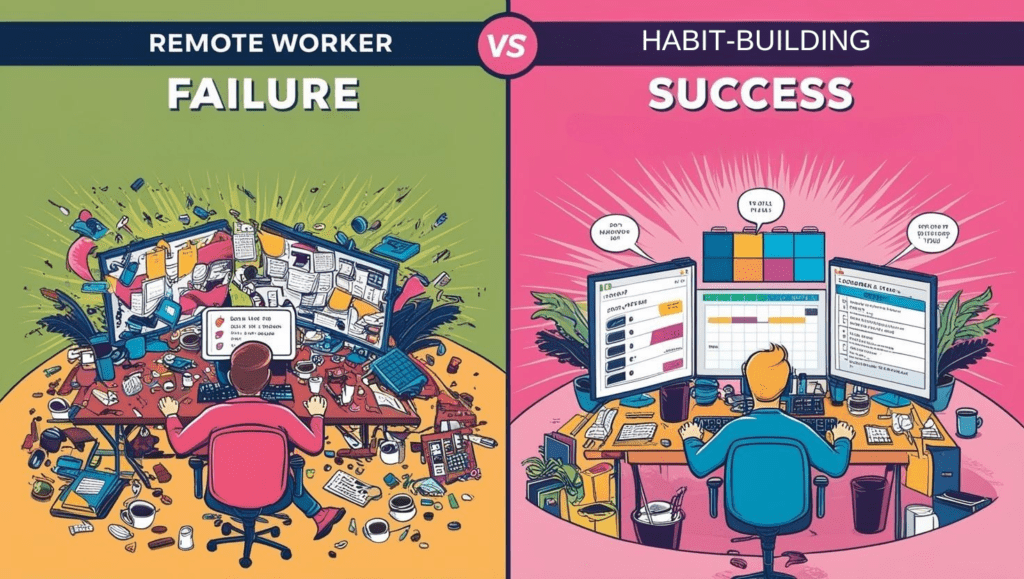
We’ve all been there. You start a new habit, full of motivation and good intentions. Maybe it’s hitting the gym, eating healthier, or waking up early. But within weeks, sometimes even days, it falls apart.
Why do most habits fail? And more importantly, how can you build habits that actually last?
The Hidden Reasons Why Habits Fail
Despite all the advice on habit formation, most people struggle because they focus on the wrong things. The issue isn’t just willpower—it’s how we set habits up in the first place.
1. Your Habits Are Too Big (Start Smaller)
Most people make the mistake of aiming too high too fast. They try to go from zero to extreme overnight, running 5km every morning when they’ve never exercised before or reading a book a week when they barely read now.
Fix it:
- Shrink the habit down to something so small it’s impossible to fail. Instead of “work out an hour,” start with one push-up or five minutes of movement.
- Use the Two-Minute Rule: If a habit takes more than two minutes to start, it’s too big. Make it effortless to begin.
🔗 Related: How micro-habits drive massive productivity gains. Read more
2. You Rely Too Much on Motivation
Motivation is great—until it’s gone. That’s why habits built on motivation alone fail.
Fix it:
- Focus on systems, not willpower. Instead of hoping to “feel like it,” create routines that make action automatic.
- Design your environment for success—put your gym shoes where you see them, prep healthy meals in advance, and remove distractions.
🔗 Related: How to build structure and habits while working remotely. Check it out
3. Your Identity Doesn’t Match the Habit
If you see yourself as “not a morning person” but try to wake up at 5 AM daily, your identity will fight you every step of the way.
Fix it:
- Instead of focusing on what to do, focus on who you want to become. Instead of “I need to run,” think, “I am a runner.”
- Shift from outcome-based habits to identity-based habits—internalizing the change makes it sustainable.
🔗 Related: How long-term habit transformation impacts overall health. Explore it here
How to Build Habits That Stick
If you want long-term success, here’s how to make habits last:
1. Attach New Habits to Existing Routines (Habit Stacking)
- Pair a new habit with an existing one. Example: “After I brush my teeth, I’ll do one squat.”
- The key is anchoring habits to something automatic (e.g., coffee, commuting, phone unlocking).
2. Track Progress & Celebrate Small Wins
- Use habit trackers, journals, or simple checklists to build streaks.
- Celebrate small wins—even doing a habit for one minute reinforces the behavior.
3. Make It Easy (Reduce Friction)
- Keep workout clothes ready, meal prep in advance, and set phone reminders.
- Reduce obstacles—if a habit is too inconvenient, you won’t do it.
Final Thoughts: Small Steps, Big Results
The secret to habit formation isn’t motivation—it’s simplicity, identity, and environment. The easier a habit is to start and maintain, the more likely it sticks. Instead of chasing motivation, focus on designing habits that work for you, not against you.
What’s one habit you’ve struggled to build? Drop a comment or check out our resources to start making lasting changes today! 🚀
